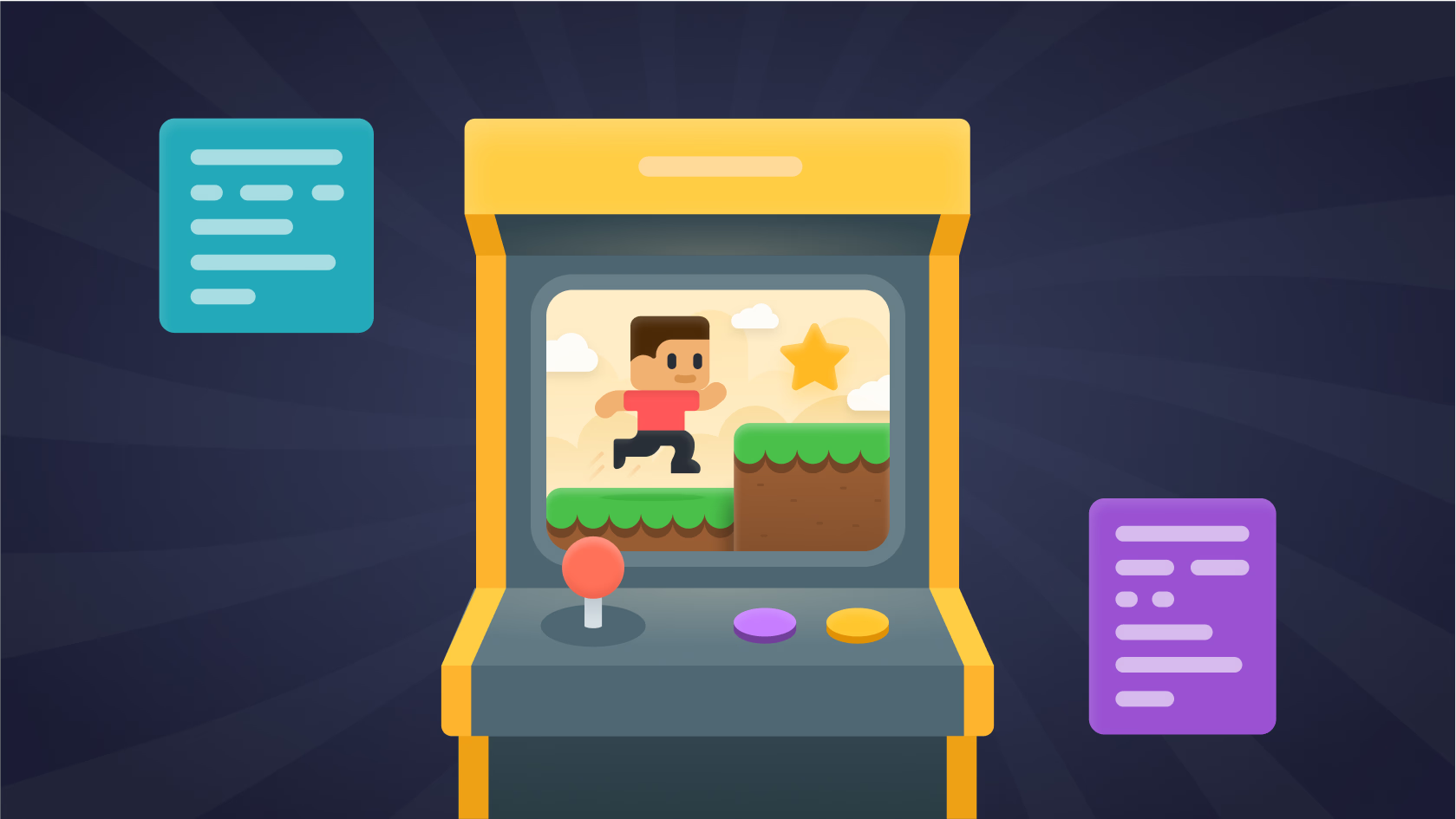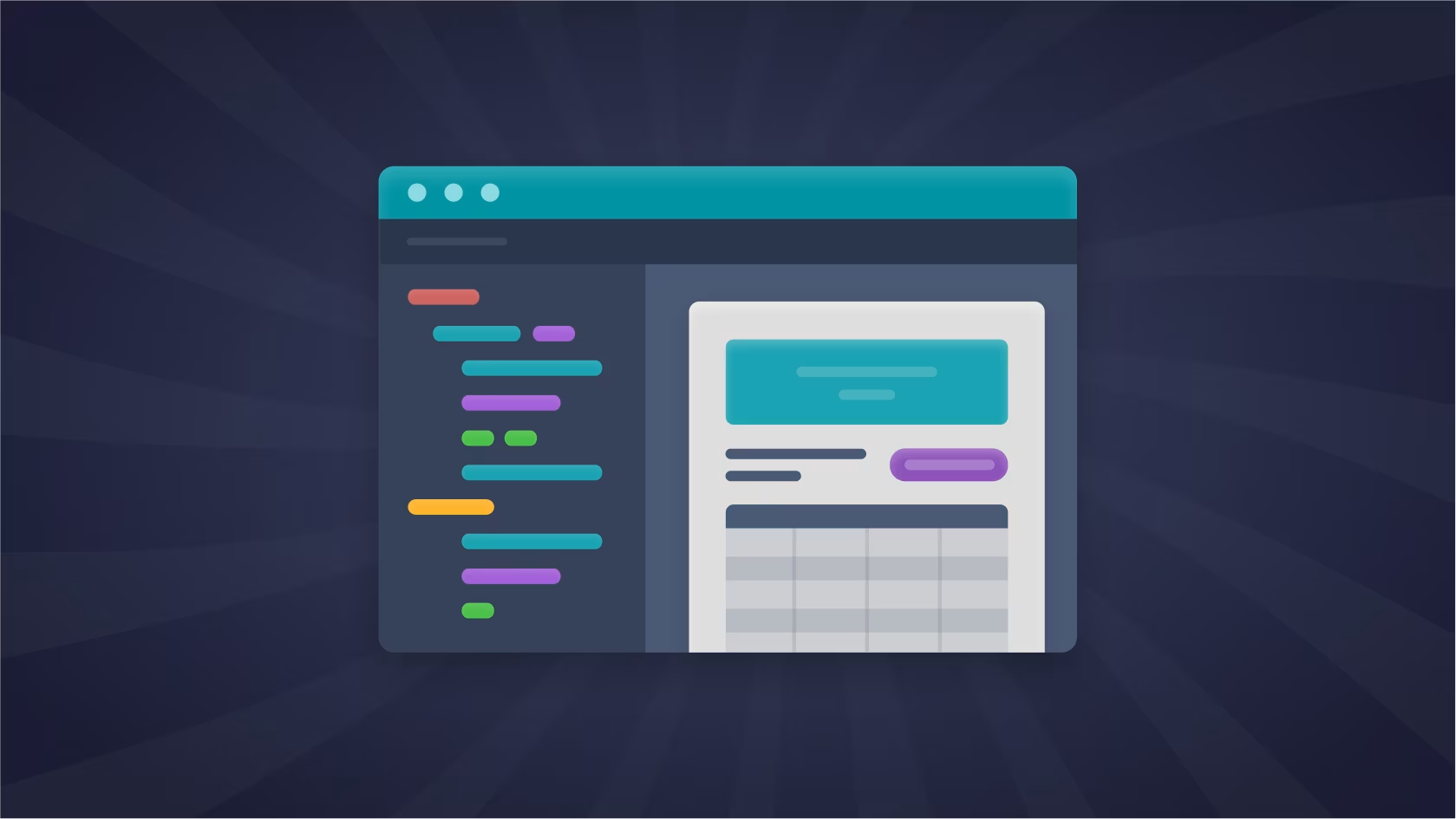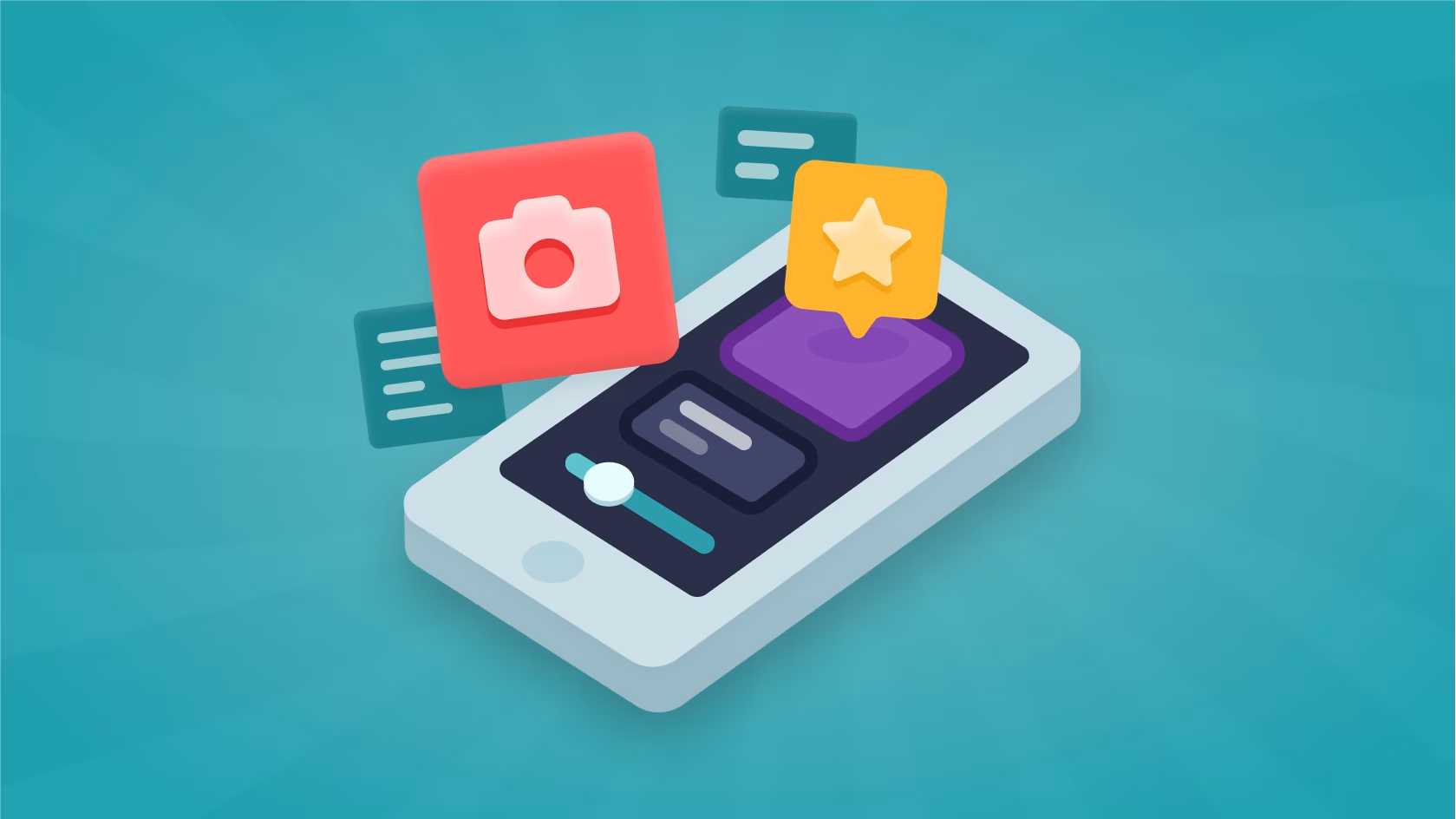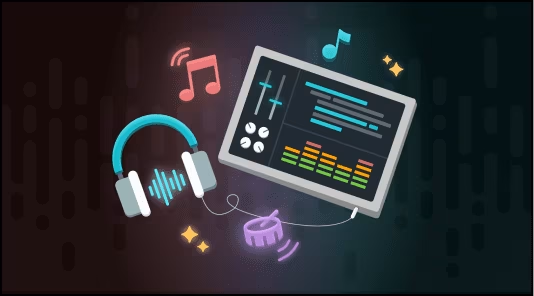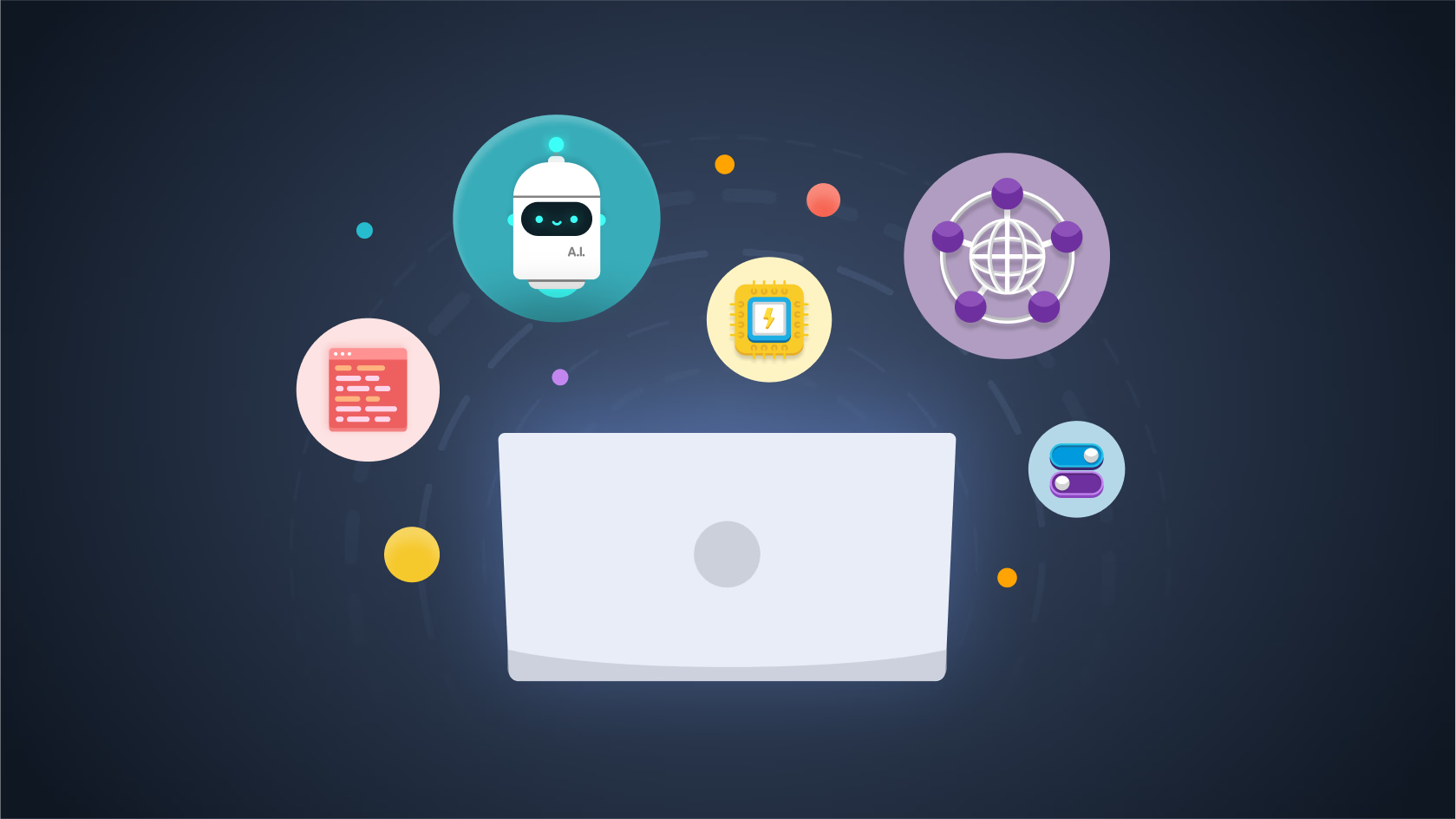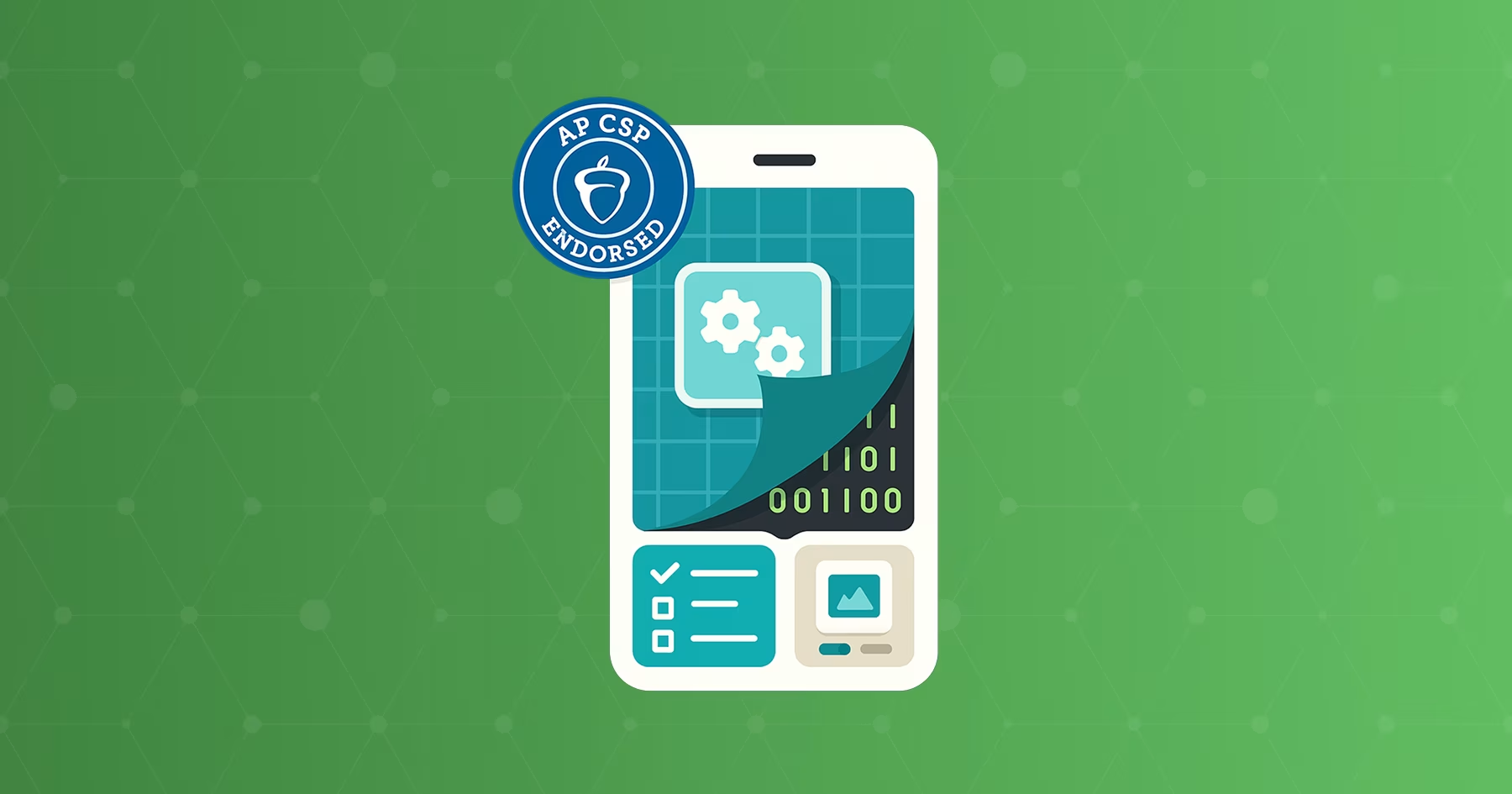AI+CS education for ages 11 and up
Explore the world of AI+computer science with engaging videos, self-paced tutorials, programming activities, and more!
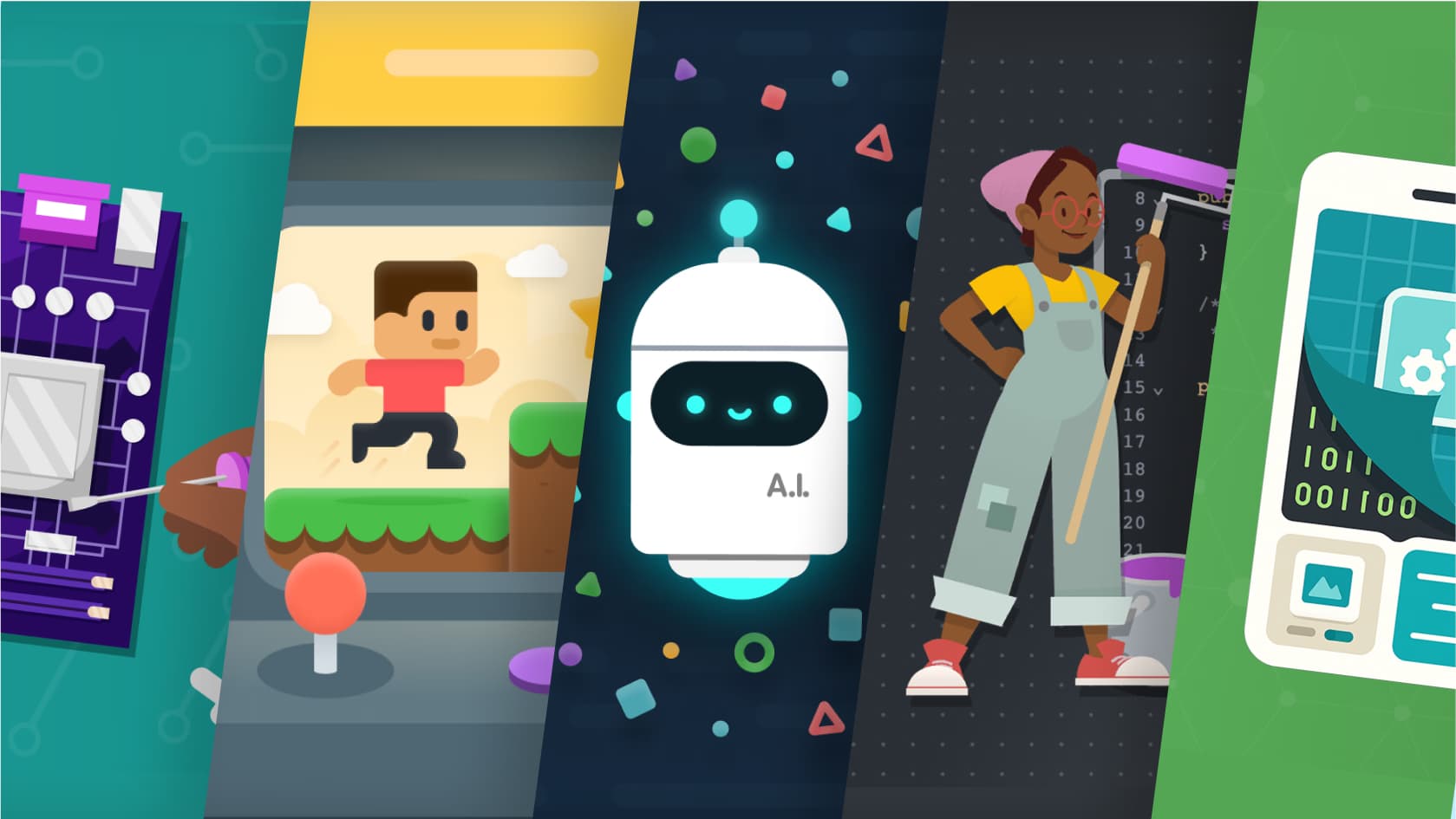
Get started with an Hour of AI
Learn the fundamentals of AI+CS education with hands-on, easy-to-follow activities. There are over 100 free, hour-long options to choose from!
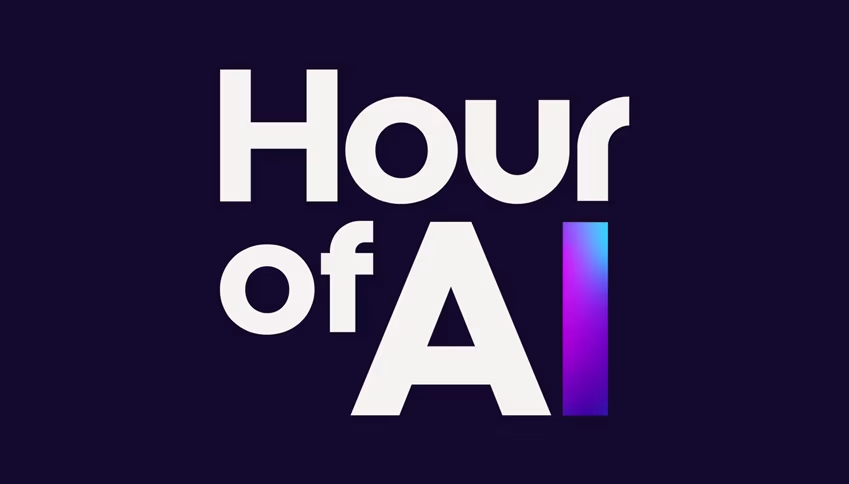
Hour of AI
Whether creating a dance to your own remix or braving a night in Minecraft to teach AI a lesson, the Hour of AI activities open the door for every student to understand, question, and create with the technology shaping our world.
Self-paced programming modules
Adapted from our CS Discoveries and CS Principles courses, these short, self-paced modules for middle and high school students are a great way to learn concepts that span all programming languages and tools.
Grades 6-12
Self Paced Introduction to Game Lab
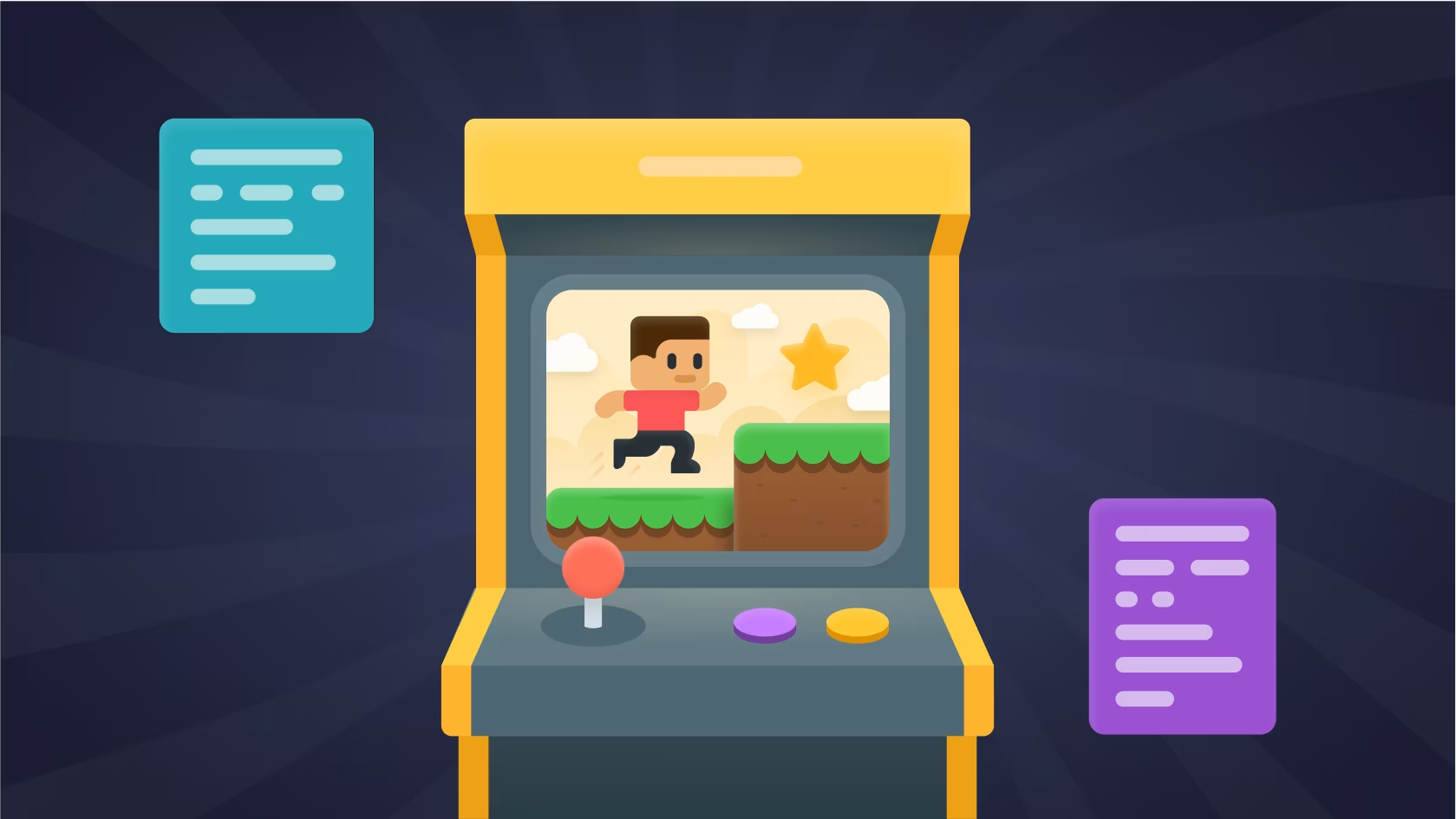
Move at your own pace in this introduction to our Game Lab environment as you program animations, interactive art, and games.
Grades 9-12
Self-Paced Introduction to Turtle Programming in App Lab

Unlock the ability to make rich, interactive apps with JavaScript in the App Lab!
Grades 9-12
Event-Driven Programming in App Lab

Go at your own pace with this introduction to the App Lab programming environment, in which students use JavaScript to create interactive apps.
Make your own apps, games, webpages, and more
In addition to courses, we have programming tools that let you explore your creativity and make something amazing.

Explore careers in AI+CS
Discover the many paths AI education and computer science can lead to — from designing games to fighting climate change. Visit our Careers in CS page to explore real-world applications, take virtual field trips, and find resources that connect your interests to future opportunities.
AI+computer science in the classroom
These courses should be led by a teacher! If you'd like to see them taught at your school, consider working with a teacher to bring them to your class.
Additional resources
Paragraph
Curriculum Catalog
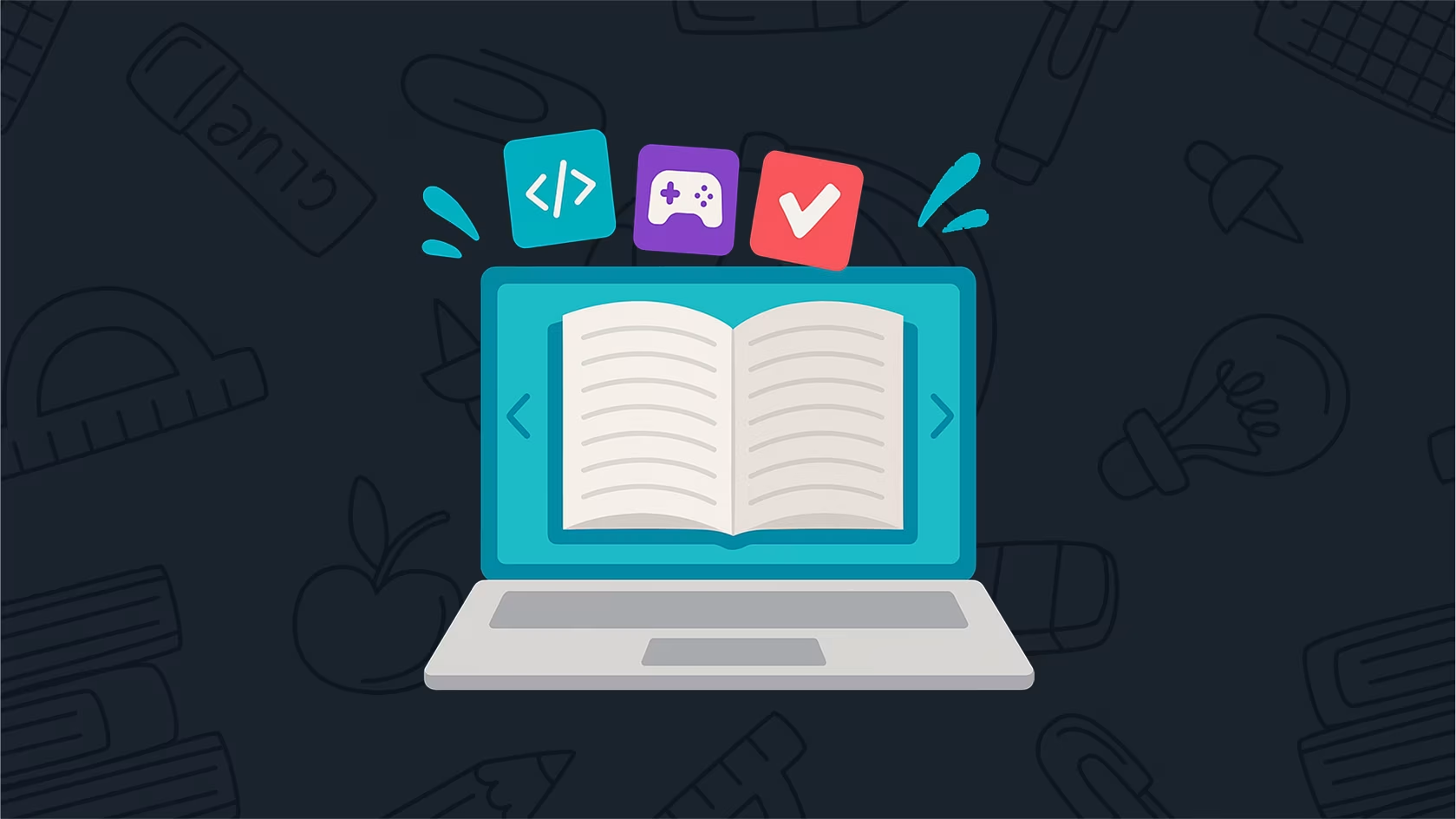
Comprehensive curriculum offerings for every grade and experience level featuring robust structured and self-paced learning options.
Video Library

Explore our large library of engaging and informative videos to learn about key AI and computer science concepts on a broad range of topics.
Artificial Intelligence (AI)

Explore how AI is shaping our world through free curriculum, videos, and integrations that make artificial intelligence accessible and inspiring.
